Barefoot living benefits extend far beyond just freeing your feet from shoes. By embracing a more natural way of moving, you can enhance your mobility, stability, and balance, leading to stronger, healthier feet. In this blog, we’ll explore how barefoot living, combined with osteopathic care, can support your overall well-being and improve your foot health.
In today’s world, footwear has become a part of our daily lives, often confining our feet in unnatural positions and limiting their full function. While shoes offer protection and comfort, they can also restrict the natural biomechanics of the foot. At The Barefoot Osteo Warrnambool, we believe that integrating barefoot living with osteopathy can lead to transformative results, enhancing overall mobility, stability, and balance.
By embracing the body’s natural abilities, barefoot living encourages a return to how our feet were designed to function. This blog delves into how osteopathy and barefoot practices complement each other to promote a healthier, more active life. Whether you’re looking to alleviate chronic pain or improve your movement, this approach offers long-term benefits that align with your body’s natural patterns.
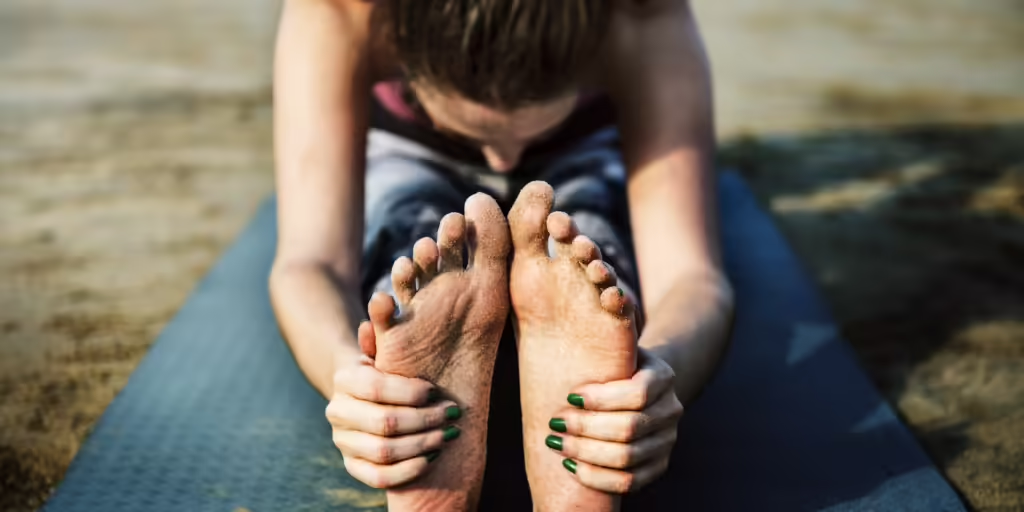
Understanding Osteopathy and Barefoot Living
Osteopathy is a holistic healthcare philosophy that focuses on the relationship between the structure and function of the body. It acknowledges the body’s ability to heal itself when all its systems are in balance. This approach makes osteopathy a perfect companion to barefoot living, which aims to restore the natural function of the feet, often compromised by modern footwear.
Barefoot living encourages the feet to return to their natural state, improving their strength, flexibility, and mobility. When combined with osteopathic care, it can address imbalances and restrictions throughout the body that may be the result of years of wearing constrictive footwear. Osteopathy’s hands-on techniques can guide the body back to more efficient movement patterns, further enhancing the benefits of barefoot living.
The Mechanics of the Foot: A Marvel of Engineering
The human foot is a complex structure, comprising 26 bones, 33 joints, and more than 100 muscles, tendons, and ligaments. Together, these components allow the foot to absorb shock, provide balance, and facilitate movement. The natural mechanics of the foot rely on each part working in harmony. However, modern shoes often disrupt this delicate balance by immobilizing certain areas of the foot or altering the way weight is distributed.
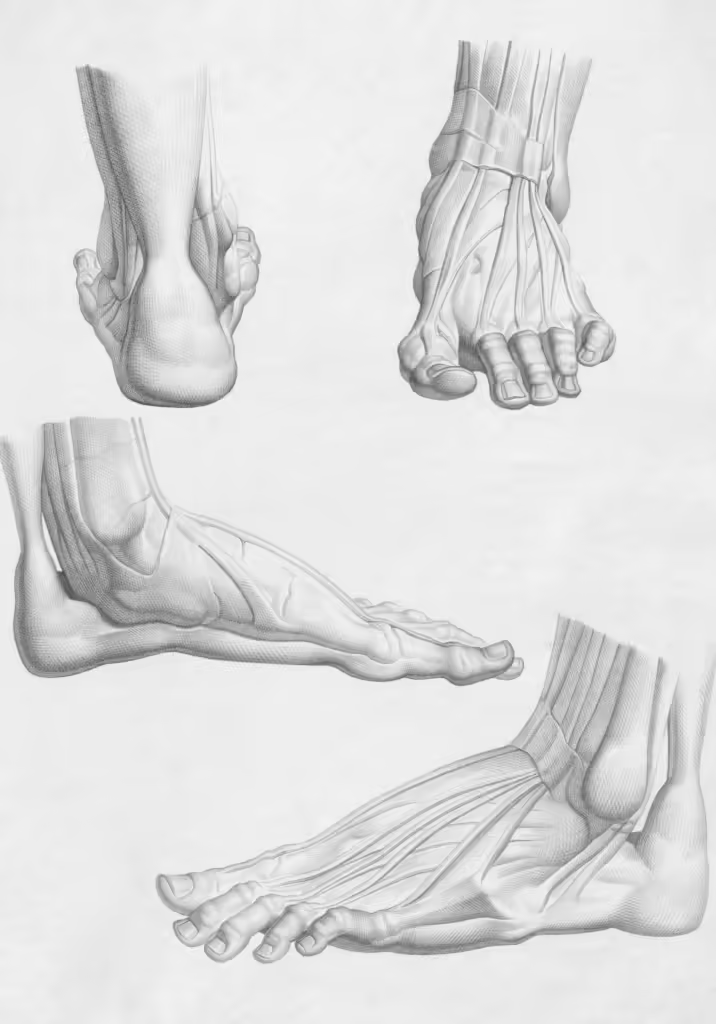
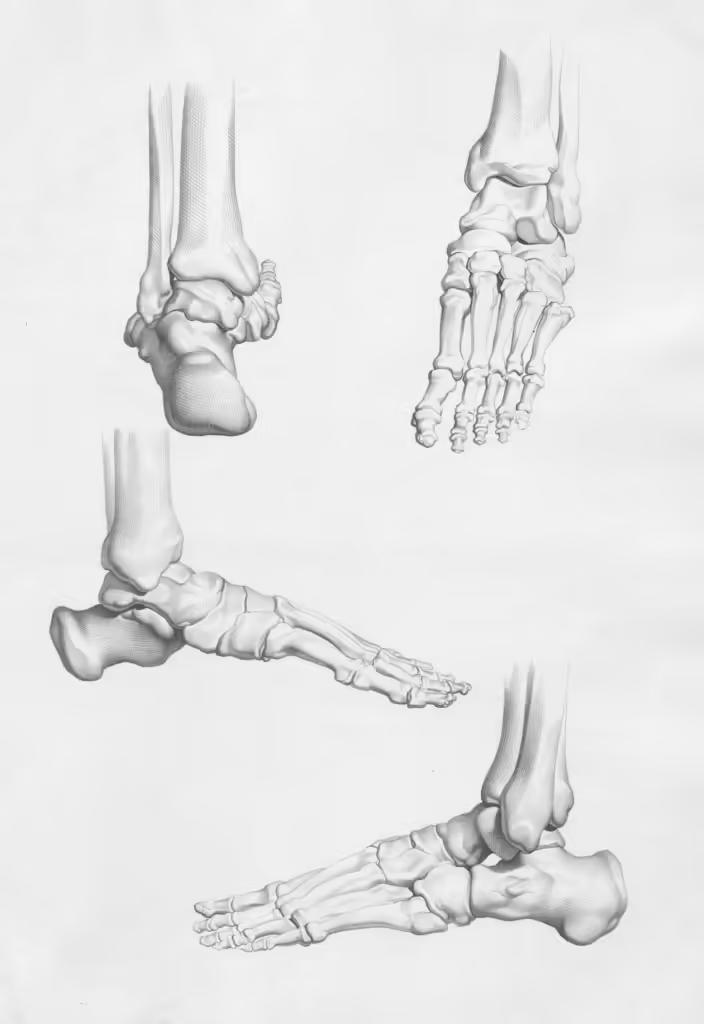
When confined to shoes, particularly those with excessive cushioning or high heels, the intrinsic muscles of the foot can weaken, causing instability. This can lead to issues not only in the feet but also in the knees, hips, and spine. Barefoot living allows these muscles to re-engage, enhancing the foot’s natural strength and flexibility.
Osteopathy supports this process by identifying and addressing any misalignments or restrictions caused by years of shoe use. By focusing on the body’s structural integrity, osteopathic treatments can help restore the natural movement patterns of the feet, ensuring the whole body moves more efficiently and pain-free.
How Barefoot Living Enhances Foot Mechanics
When you allow your feet to move as they were designed, barefoot living encourages the muscles, tendons, and ligaments to engage more naturally. This increases strength and flexibility, reducing the likelihood of injury. The benefits of barefoot living include:
- Strengthening Foot Muscles: Walking or running barefoot helps activate the intrinsic muscles of the feet, which are often underutilized in shoes.
- Improving Balance and Proprioception: Barefoot activities enhance your body’s ability to sense the position and movement of your feet, leading to better balance.
- Natural Gait Restoration: Without the interference of restrictive footwear, your body can return to a more natural, efficient walking pattern.
Barefoot living requires a gradual adaptation process, as your feet may need time to adjust after years of wearing shoes. This is where osteopathic care can provide essential support by identifying and addressing any imbalances or weaknesses that may arise during this transition.
Another significant aspect of barefoot living benefits is the enhancement of proprioception, or your body’s awareness of its position in space. When you walk barefoot, the feet’s nerve endings are more exposed, improving sensory feedback and helping your body make real-time adjustments for better stability and balance
Proprioception, Foot Mechanics, and Barefoot Living
Proprioception, often referred to as the “sixth sense,” plays a critical role in maintaining balance and stability. It involves the body’s ability to sense its position in space and respond to external forces with appropriate movement. In barefoot living, proprioception is enhanced due to the direct contact between the foot and the ground, allowing the body to receive immediate feedback from the environment.
Studies have shown that walking or running barefoot significantly improves proprioception. Footwear, especially cushioned or supportive shoes, limits the sensory feedback from the ground. Without shoes, the body becomes more attuned to changes in surface texture, slope, and pressure, enabling faster and more efficient adjustments in movement. This heightened awareness improves balance and stability, making it a critical component in preventing injuries such as sprained ankles or falls.
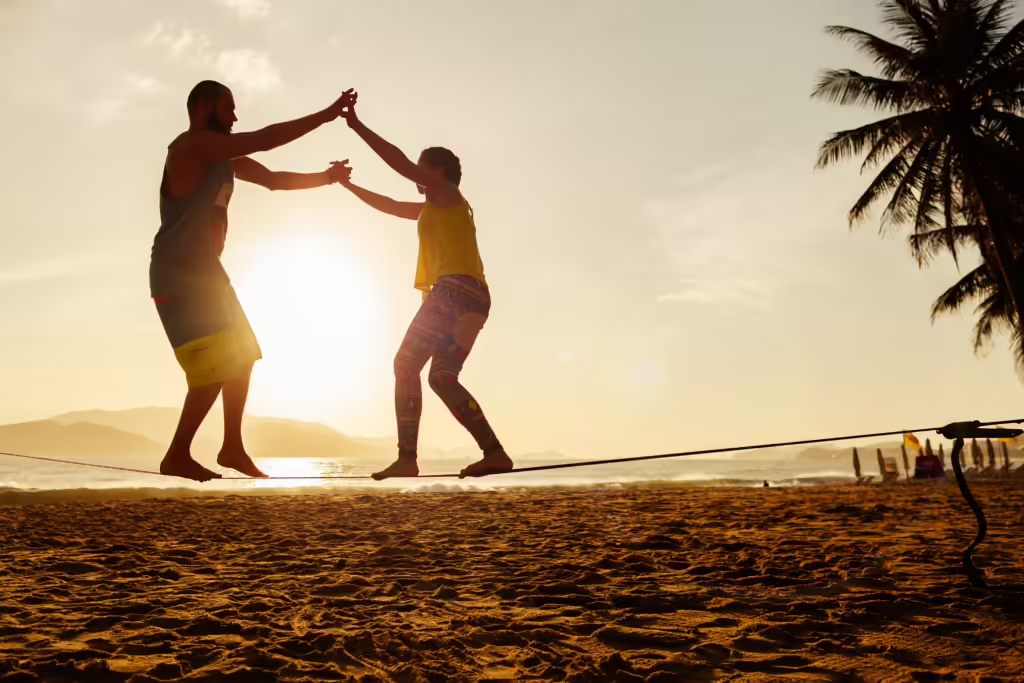
Foot Mechanics in barefoot living also contribute to better balance and stability. When the foot is allowed to move naturally, the intrinsic foot muscles—responsible for controlling the arch and supporting the body’s weight—are activated more effectively. These muscles are often underused in modern footwear, leading to imbalances throughout the kinetic chain, affecting the knees, hips, and spine. Barefoot living strengthens these muscles, allowing the foot to act as a more stable base, essential for overall postural control.
Mobility, Stability, and Balance in Barefoot Living
Mobility, stability, and balance are interconnected aspects of movement. In osteopathy and barefoot living, these pillars are crucial for ensuring the body moves efficiently and without pain. Mobility refers to the range of motion in the joints, which is enhanced when the feet are allowed to flex and move freely without the constraints of shoes. Stability is the body’s ability to control movement within that range of motion, preventing unwanted or excessive motion. Balance is the ability to maintain control over the body’s center of gravity.
In barefoot living, these three pillars are constantly engaged. Studies suggest that walking barefoot or in minimalist shoes increases ankle joint mobility and improves postural stability, reducing the risk of injury. By allowing the feet to move naturally, barefoot living encourages the body to work in harmony, distributing forces evenly and reducing strain on the joints .
Scientific Evidence Supporting Barefoot Living
A number of studies have shown the benefits of barefoot living, particularly in terms of foot mechanics and overall body alignment. One study published in the Journal of Foot and Ankle Research demonstrated that barefoot running significantly improved foot strength and balance compared to traditional shoes. Another research piece from the National Institutes of Health highlighted how proprioception, the body’s ability to sense its movements, is enhanced when shoes are removed, allowing for more accurate and efficient movements.
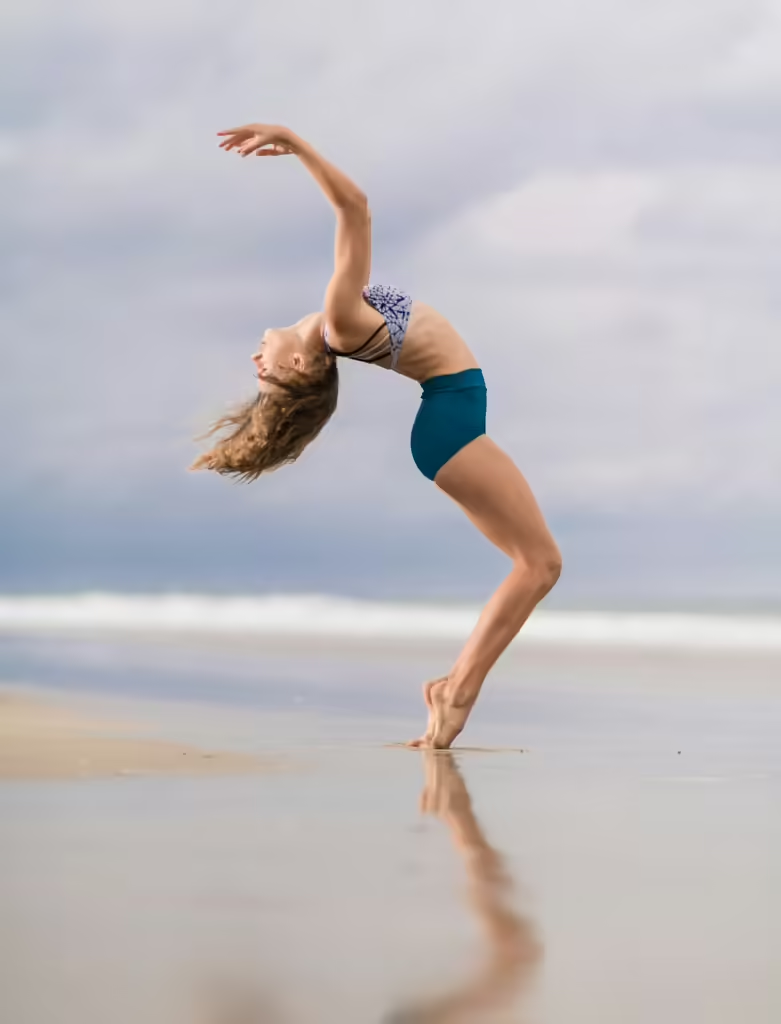
Osteopathy’s Role in Supporting Barefoot Living
- Addressing Structural Imbalances: Years of wearing shoes can lead to misalignments in the body. Osteopathic manipulation can correct these imbalances, helping the body function more efficiently.
- Promoting Efficient Movement: Osteopathic techniques focus on improving the body’s overall movement patterns, reducing the risk of injury and strain.
- Personalized Care Plans: Each individual’s body is different, and osteopathy provides a personalized approach to support the unique challenges that come with barefoot living.
By combining barefoot practices with osteopathy, you can achieve better alignment, reduce pain, and improve your overall mobility.
Case Study: Sarah’s Journey to Enhanced Mobility
Sarah, a 42-year-old school teacher, had been dealing with chronic lower back and foot pain for years. She spent long hours standing and walking in shoes with heavy arch support, which she believed were protecting her feet. However, over time, her discomfort worsened, and her flexibility decreased.
After consulting The Barefoot Osteo Warrnambool, Sarah decided to integrate barefoot living into her routine, combined with regular osteopathic treatments. Her care plan included gentle osteopathic manipulation to correct imbalances in her lower back and hips, as well as barefoot walking exercises to strengthen her foot muscles. Over the course of a few months, Sarah noticed improvements in both her posture and mobility. Her back pain diminished, and her feet regained strength and flexibility.
Scientific Evidence Supporting Barefoot Living
Recent research supports the benefits of barefoot living. Studies have shown that individuals who regularly walk or run barefoot exhibit improved balance, increased foot muscle strength, and reduced foot deformities compared to those who wear traditional shoes. Additionally, barefoot activities have been linked to enhanced proprioception, which is the body’s ability to sense its position in space, leading to better coordination and reduced risk of injury.
Moreover, osteopathy complements barefoot living by addressing any compensatory patterns or structural issues that arise during the transition. Studies in the field of manual therapy have demonstrated that osteopathic treatments improve musculoskeletal function and reduce chronic pain, particularly in the lower back, hips, and feet.
Personalizing Your Barefoot Journey
Not everyone will transition to barefoot living in the same way, and that’s where personalized care becomes crucial. At The Barefoot Osteo Warrnambool, we create tailored plans to help individuals safely and gradually adjust to barefoot living. Key steps in this process include:
- Gradual Adaptation: For those used to wearing supportive footwear, transitioning to barefoot living should be done gradually. Start with short walks on natural surfaces and slowly increase the time spent barefoot.
- Targeted Exercises: Specific exercises can help strengthen the feet and lower legs, preparing the body for barefoot movement. Exercises like toe spreads, calf raises, and foot rolling are essential to improve flexibility and strength.
- Ongoing Osteopathic Support: Regular osteopathic treatments ensure that any imbalances or compensatory patterns are addressed. This support helps individuals maintain good posture and movement patterns as they transition to barefoot living.
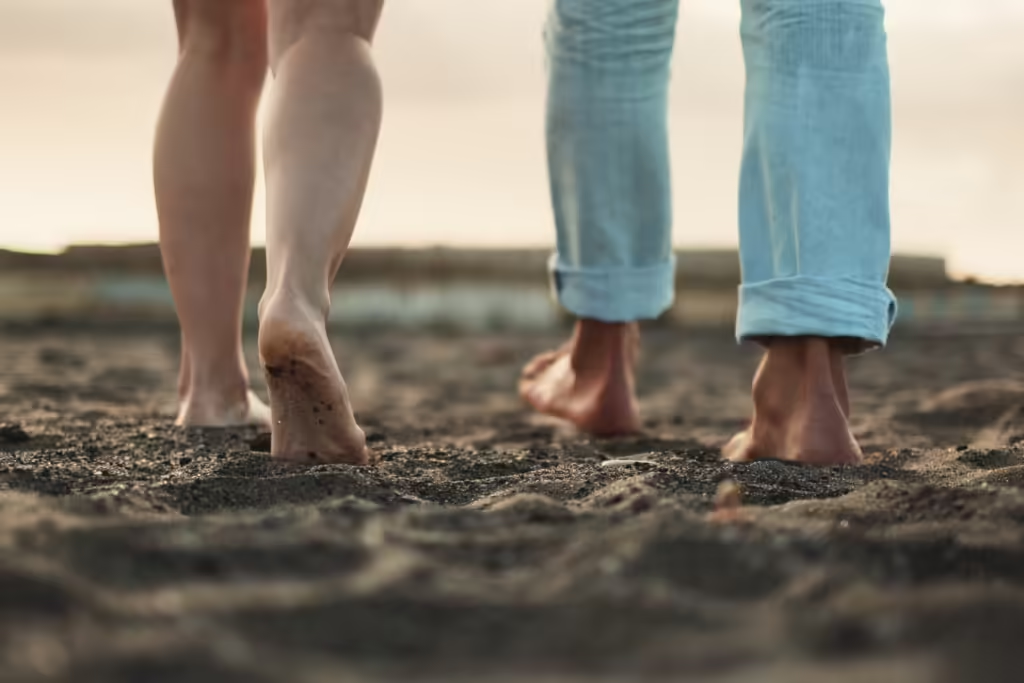
Practical Tips for Incorporating Barefoot Living
Integrating barefoot living into your daily routine doesn’t have to be daunting. Here are some practical tips to make the transition smoother:
- Start Indoors: Begin by walking barefoot at home to get used to the feeling of natural ground contact without the interference of shoes.
- Choose Safe Surfaces: Start on soft, natural surfaces like grass or sand before progressing to harder surfaces.
- Use Minimalist Footwear: If going completely barefoot isn’t feasible, opt for minimalist shoes that allow your feet to move more naturally while still providing some protection.
- Listen to Your Body: It’s important to pay attention to any discomfort and make adjustments as needed. Your feet will take time to adapt to the new demands being placed on them.
By following these steps, you’ll not only enhance your foot health but also improve your overall mobility, stability, and balance.
Footwear Choices: From Traditional Shoes to Barefoot Living
The transition to barefoot living often raises questions about footwear choices. Here’s how different types of footwear impact foot health:
- Traditional Shoes: While they offer support, traditional shoes often limit natural foot movement, leading to weakened foot muscles and altered gait patterns. Over time, this can contribute to joint pain and postural imbalances.
- Minimalist Footwear: These shoes provide a balance between protection and natural movement. They offer minimal cushioning and a thin sole, allowing your feet to engage more with the ground. Minimalist shoes are a good option for those transitioning to barefoot living.
- Barefoot Living: Going completely barefoot encourages natural foot mechanics, such as toe spreading, which improves stability and balance. However, it requires gradual adaptation to strengthen foot muscles and prevent injury.
Choosing the right footwear depends on your current foot health, activity level, and environment. Consulting an osteopath can help you determine the best approach to support your barefoot journey.
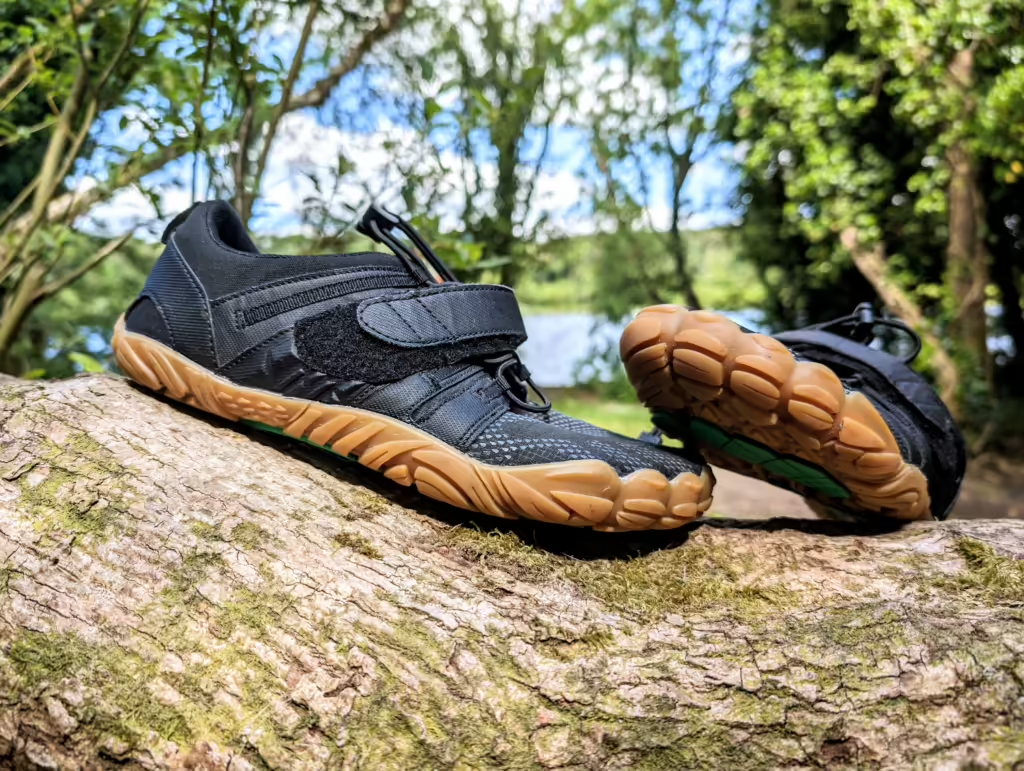
Cultural and Historical Perspectives on Barefoot Living
Barefoot living has a rich cultural and historical context. Many ancient civilizations embraced barefoot practices, recognizing the health benefits of natural foot movement. For example, the Greeks and Romans often competed in athletic events without shoes, believing that barefoot activity enhanced performance. Indigenous populations around the world, particularly in Africa and Asia, have also long practiced barefoot living, valuing its role in maintaining balance and connection to the earth.
In modern times, barefoot running gained popularity with the release of Christopher McDougall’s book Born to Run, which highlighted the Tarahumara people of Mexico, who are known for their endurance and ability to run long distances barefoot or in minimalist sandals. This resurgence has inspired many to reconsider the benefits of barefoot living in promoting health and mobility.
Addressing Common Misconceptions About Barefoot Living
Despite the growing popularity of barefoot living, there are several misconceptions that can discourage people from making the transition:
- Safety Concerns: Many people worry about injuring their feet when walking barefoot. While there is some risk, particularly on rough or unfamiliar surfaces, starting on softer ground and gradually progressing can minimize these risks.
- Adaptation Period: Some assume they can transition to barefoot living overnight. In reality, it takes time for the feet and body to adjust, particularly if you’ve been wearing supportive shoes for many years. A gradual adaptation process is crucial.
- One-Size-Fits-All: Barefoot living is not for everyone. Certain conditions, such as severe foot deformities or chronic health issues, may require alternative approaches. Consulting a healthcare professional, like an osteopath, can help determine if barefoot living is right for you.
Inspiring Client Testimonials
Michael, a 47-year-old gym enthusiast, struggled with chronic knee and lower back pain. After years of wearing cushioned running shoes, Michael decided to explore barefoot living. With the guidance of The Barefoot Osteo Warrnambool, he transitioned to minimalist footwear and began incorporating osteopathic treatments. Within a few months, Michael noticed a significant reduction in pain and an improvement in his posture and movement patterns.
Another client, Lisa, a 35-year-old yoga instructor, was suffering from frequent ankle sprains. By integrating barefoot exercises and osteopathic support, she regained strength in her feet and ankles, allowing her to teach with confidence and ease.
Conclusion: The Path to Natural Movement and Better Health
By incorporating barefoot practices into your daily routine, you can experience long-term barefoot living benefits such as improved posture, reduced risk of injury, and better foot alignment. These effects not only support foot health but also promote overall physical well-being.
At The Barefoot Osteo Warrnambool, we believe that barefoot living, supported by osteopathic care, offers a transformative path to enhancing mobility, stability, and balance. By embracing natural foot movement and addressing any underlying imbalances, you can experience a significant improvement in your overall health and well-being.
Take the First Step Today: Ready to explore the benefits of barefoot living and osteopathy? Contact us to schedule a consultation and discover how our holistic approach can support your unique health goals.
References:
Bruggemann, G. P., Potthast, W., Braunstein, B., & Niehoff, A. (2005). Effect of increased mechanical stimuli on foot muscles’ functional capacity. Clinical Biomechanics, 20(2), 134-141.
Butler, A. A., Lord, S. R., Rogers, M. W., & Fitzpatrick, R. C. (2008). Muscle weakness impairs the proprioceptive control of human standing. Brain Research, 1242, 244-251.
Cudejko, T., Gardiner, J., Akpan, A., & D’Août, K. (2020). Minimal shoes improve stability and mobility in persons with a history of falls. Scientific Reports, 10(1), 1-9.
De Wit, B., De Clercq, D., & Aerts, P. (2000). Biomechanical analysis of the stance phase during barefoot and shod running. Journal of Biomechanics, 33(3), 269-278.
Dreyer, S. (2014). The effect of minimalist shoe training on the neuromuscular control of recreational distance runners (Doctoral dissertation, Stellenbosch University).
Franklin, S., Grey, M. J., Heneghan, N., Bowen, L., & Li, F. X. (2015). Barefoot vs common footwear: A systematic review of the kinetic, kinematic, neuromuscular, and anthropometric effects. Journal of Sport and Health Science, 4(2), 149-160.
Kelly, L. A., Lichtwark, G., Farris, D. J., & Cresswell, A. G. (2015). Intrinsic foot muscles contribute to elastic energy storage and return in the human foot. Journal of Applied Physiology, 119(7), 745-751.
Licciardone, J. C., Brimhall, A. K., & King, L. N. (2005). Osteopathic manipulative treatment for low back pain: A systematic review and meta-analysis of randomized controlled trials. BMC Musculoskeletal Disorders, 6(1), 43.
Lieberman, D. E., Venkadesan, M., Werbel, W. A., Daoud, A. I., D’andrea, S., Davis, I. S., … & Pitsiladis, Y. (2010). Foot strike patterns and collision forces in habitually barefoot versus shod runners. Nature, 463(7280), 531-535.
McDougall, C. (2009). Born to Run: A Hidden Tribe, Superathletes, and the Greatest Race the World Has Never Seen. Knopf.
Mullen, S., Cotton, J., Bechtold, M., & Toby, E. B. (2014). Barefoot running: The effects of an 8-week barefoot training program. Orthopaedic Journal of Sports Medicine, 2(3).
Robbins, S., Waked, E., & McClaran, J. (1995). Proprioception and stability: Foot position awareness as a function of age and footwear. Age and Ageing, 24(1), 67-72.
Taddei UT, Matias AB, Duarte M, Sacco ICN. Foot Core Training to Prevent Running-Related Injuries: A Survival Analysis of a Single-Blind, Randomized Controlled Trial. The American Journal of Sports Medicine. 2020;48(14).
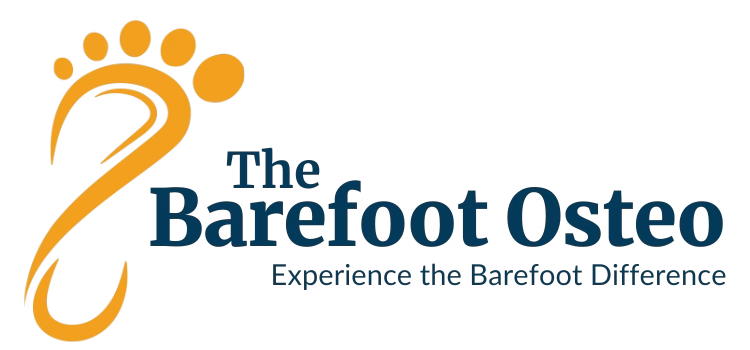
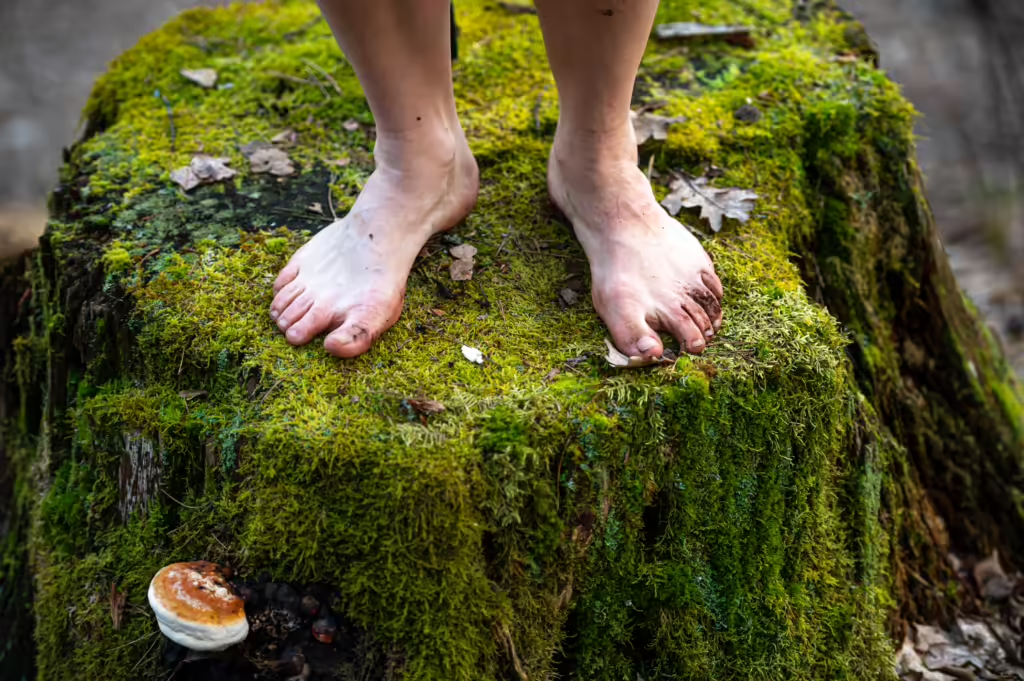

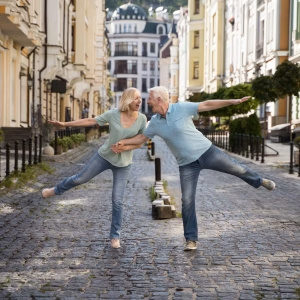
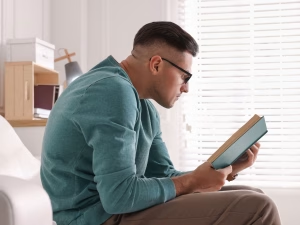
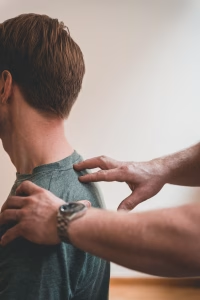
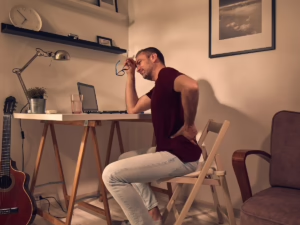
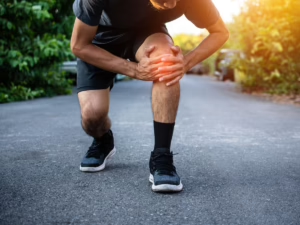

One Response
I am extremely impressed with your writing skills and also
with the layout on your blog. Is this a paid theme or did you customize it yourself?
Either way keep up the excellent quality writing, it’s rare to see a
great blog like this one today.